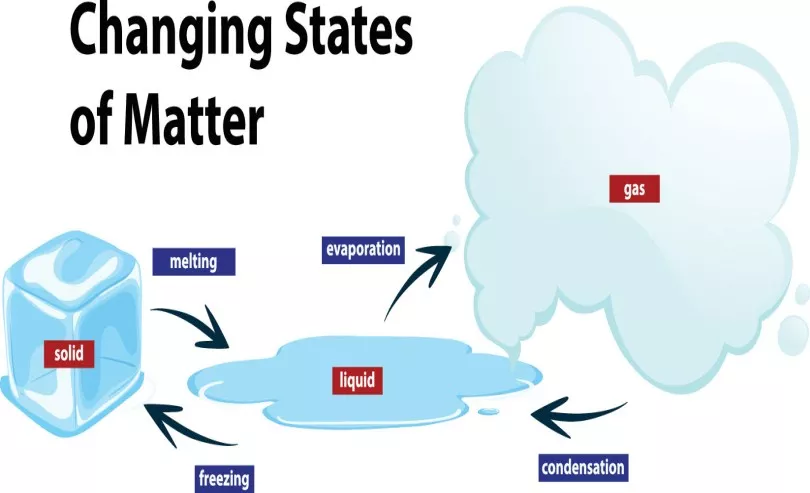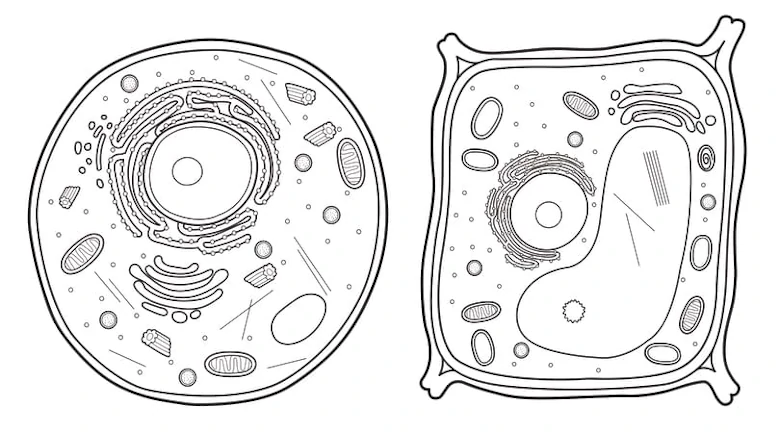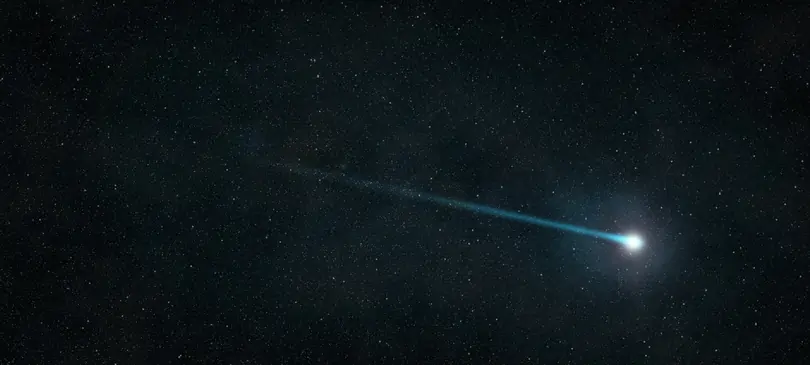Plant Reproduction: Structures And Pollination
In this article, you will be introduced to the concept on how flowering plants reproduce based on the Singapore Primary 5 Science syllabus. We will focus on the following two main aspects:
- Structures of a flower
- How pollination takes place
Structure Of A Flower
Flowers are involved in the reproduction of flowering plants. Some flowers have both male and female reproductive parts on one single flower while other flowers have their male and female reproductive parts on separate flowers. The female reproductive parts of a flower consist of the stigma, the style, the ovary and the ovule(s) while the male reproductive parts of a flower consist of the anther and the filament.
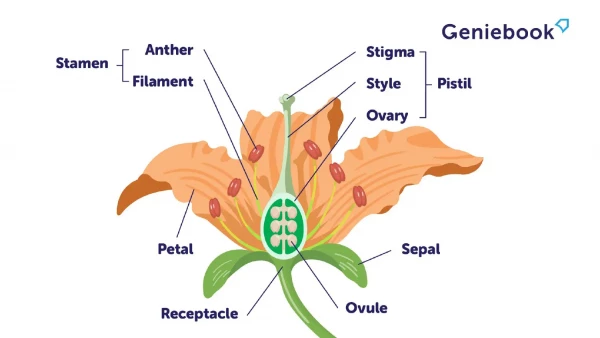
| Parts Of A Flower | Function(s) | |
|---|---|---|
| Male Reproductive Part |
anther |
|
| filament |
|
|
| Female Reproductive Part |
stigma |
|
| style |
|
|
| ovary |
|
|
| ovule |
|
Sexual Reproduction In Flowering Plants
A series of events must take place in order for reproduction in flowering plants to take place.
pollination → fertilisation → seed dispersal → germination
Pollination
Pollination is the process whereby pollen is transferred from the anther of a flower to the stigma of a flower of the same type. Pollination can be done by wind or animals.
Pollination By Animal
Flowers that are pollinated by animals have large and brightly-coloured petals. The flowers may be scented and/or may produce nectar. The flowers have short filament and/or style to hold their anther and stigma within the flower. The stigma is also sticky in order to catch any pollen grain.
When an animal visits a flower, the pollen grains cling or stick onto the animal. As the animal goes from flower to flower, it helps to transfer the pollen grains from one flower to the stigma of another flower.
Pollination By Wind
Flowers that are pollinated by wind have petals that are small and dull. They are unscented and do not produce nectar. The flowers also have long filament and/or style to hang the anthers and stigma out of the flower. The pollen grains of flowers that are pollinated by wind are small and light, allowing them to be carried away by the wind easily. The stigma of the flower is usually large and feathery to increase surface area to catch any pollen grains in the air.
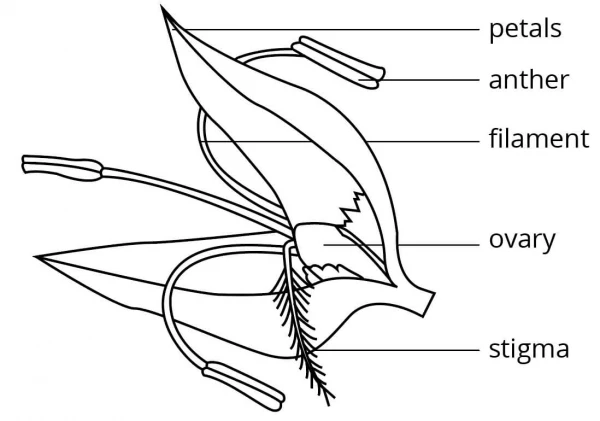
Conclusion
In this article, we learnt about the different processes in the reproduction of flowering plants. We also explored the structures of a flower and how pollination takes place.
Test Your Concepts
Answer the following questions based on the concepts that we have covered in this article. If you are unclear, you may want to revisit the relevant section to revise the concepts.
Question 1:
Study the picture of the flower as shown below.

Which parts of the flower form the female reproductive system of the flower?
- A and E only
- B and G only
- A, C and D only
- E, F and G only
Solution:
(4) E, F and G only
Explanation:
A is the filament, B is the anther, C is the sepal, D is the petal, E is the stigma, F is the ovary and G is the style.
Question 2:
Noeleen observed some flowers and recorded her observations as shown in the table below. A tick (✓) represents the observation being made.
| Characteristics | Flower | |||
|---|---|---|---|---|
| W | X | Y | Z | |
| presence of nectar | ✓ | ✓ | ||
| brightly coloured flowers | ✓ | |||
| stigma within the flower | ✓ | ✓ | ||
Which of the following flowers are most likely to be pollinated by animals?
- W and X only
- X and Z only
- W, X and Y only
- W, X, Y and Z
Solution:
(3) W, X and Y only
Explanation:
Flowers pollinated by insects are usually brightly coloured and/or have nectar.
Question 3:
Sammy observes a plant and concludes that its flowers are pollinated by wind. Which of the following features enables Sammy to arrive at his conclusion?
- It has nectar.
- It has a strong scent.
- It has brightly coloured petals.
- It has long filaments with anthers dangling out of the flower.
Solution:
(4) It has long filaments with anthers dangling out of the flower.
Explanation:
Flowers pollinated by wind are dull in colour, have long filaments with anthers dangling out of the flower, have no nectar and are unscented.
| Continue Learning | |
|---|---|
| Systems: Electrical Systems | Plant Reproduction: Structures And Pollination |
| Human Reproduction: Parts And Functions | |
 SG
SG  VN
VN 

